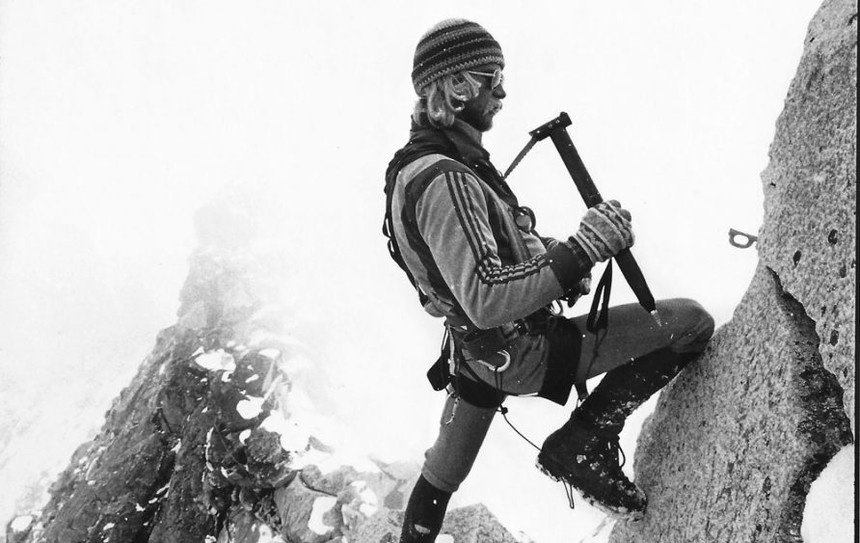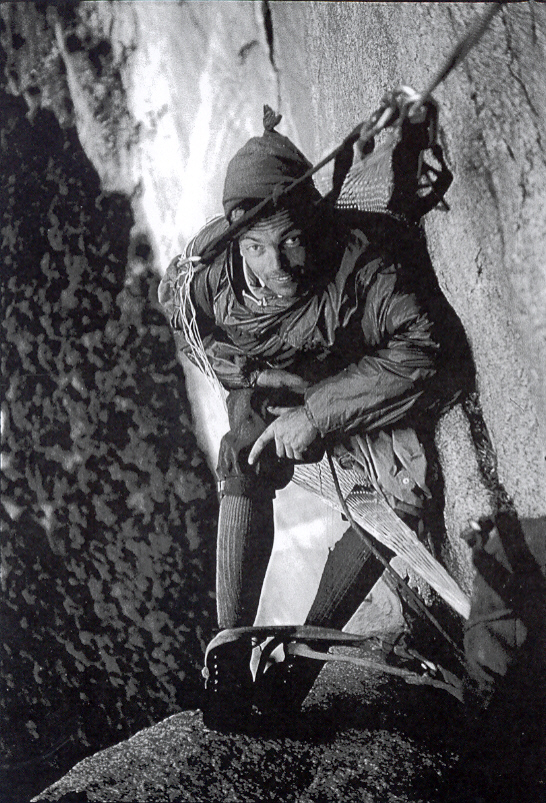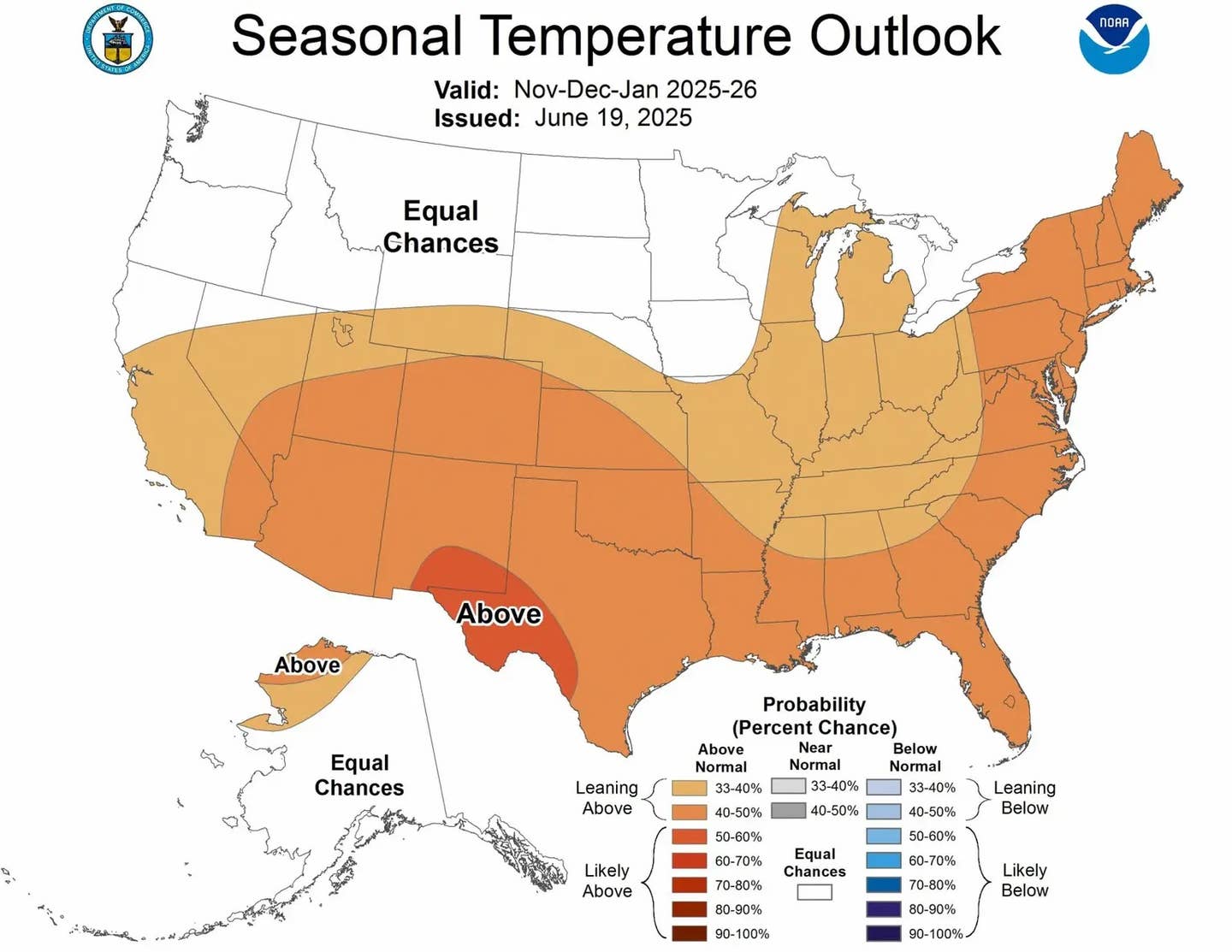

In Memory of Jeff Lowe and Tom Frost, Two Icons of the Climbing World
Popular Stories
 Jeff Lowe on Ama Dablam in 1979. Tom Frost Photo.
Jeff Lowe on Ama Dablam in 1979. Tom Frost Photo.
This past weekend, the climbing world lost two of its greatest icons: Jeff Lowe and Tom Frost, both pioneers of the mountain sports world. Coincidentally and unrelatedly, both Lowe and Frost died on Friday evening following bouts with illnesses. Lowe had suffered from an unknown neurodegenerative disorder similar to ALS for years, while Frost had cancer.
Jeff Lowe has oft been touted as the best alpinist of his generation. Looking at his climbing resume, there is no doubt as to why. The Utah-born climber is perhaps best known as the one to invent modern ice climbing, but spent his early years pioneering some of the hardest rock climbing routes the world had ever seen, like the FA of Zion’s Moonlight Buttress. When he first climbed Telluride’s frozen Bridalveil Falls, a 400-foot waterfall, in 1971 with Mike Weiss, the climbing world stood aghast. When he returned in 1978 and climbed it alone and unroped, he truly ushered in a new era of alpinism. After that, he turned his attention to the greater ranges of the world.
That same year, Lowe joined an expedition deep into the Karakoram to make an attempt on the North Ridge of Latok 1. Fun fact: the route the team chose was not completed until a few weeks ago. Their 1978 attempt ended 450 feet from the summit when Lowe was forced to turn around with a recurrence of Dengue Fever.
In the following years, Lowe steadily ticked off proud lines like Ama Dablam’s South Face (solo), Kwangdi Ri, Kangtega, and Taboche. However, while pushing the limits of what others deemed his safety, Lowe felt that climbing hard routes need not be dangerous. He once famously said “No climb is worth the tip of my little finger.”
In 1991, Lowe finished what could perhaps count as his masterpiece. The route, Metanoia, an absolutely revolutionary route up the North Face of the Eiger, nearly killed him. However, after holing up in a snow cave to escape a storm near the top after nine days of climbing, Lowe experienced what he called a spiritual epiphany, an out-of-body experience. He then went on the finish the route without a rope. The route was repeated once in 2016.
Outside of climbing, Lowe always engaged with the climbing community. He helped found the Ouray Ice Fest in 1996, which continues to be one of the world’s biggest ice climbing festivals.
Sign Up For Our Newsletter
In 2000, Lowe started experienced symptoms of a rare neurodegenerative disorder, similar to ALS or Lou Gehrig’s disease. The disease forced him to stopped climbing, but he never lost his love for the mountains. He faced his disease like he faced any big line he climbed, with tenacity, bravado, and the mindset of doing “just one more first ascent.” He was 61.
 Tom Frost enjoying a bivy spot high up in Yosemite. Royal Robbins photo.
Tom Frost enjoying a bivy spot high up in Yosemite. Royal Robbins photo.
Tom Frost was a rock climber, first and foremost. Living in California in the 1960s put him right in the epicenter of the rock climbing revolution gripping Yosemite Valley. As he joined the likes of Royal Robbins, Chuck Pratt, Yvon Chouinard, and others, he found himself pushing lines up walls nobody thought possible, like the first ascent of El Cap’s North America Wall, then the hardest route in the world. Frost joined Jeff Lowe in the Himalaya and Karakoram to document expeditions like that to Ama Dablam.
Frost always brought a camera along on his climbs; his photos from high up on climbs gave the rest of the world a unique perspective on the sport so few could connect with. Having studied engineering at Stanford, Frost loved applying his engineering and design skills to climbing equipment. His designs, which included the first stoppers, hexes, and RURP pitons, helped usher in a new era of “clean” climbing. Prior to this point, most climbers would hammer protection into a wall, scarring and damaging the rock. These new pieces were designed to be removable and reusable.
Over the years, Frost also acted as an advocate for the climbing community in the face of development, especially that in Yosemite Valley. In 1999, he successfully led the American Alpine Club and the Access Fund in a lawsuit against the National Park Service to protect Yosemite’s historic Camp 4. Since then, the NPS has continued a respectful relationship with the climbing world. Frost was 81.



